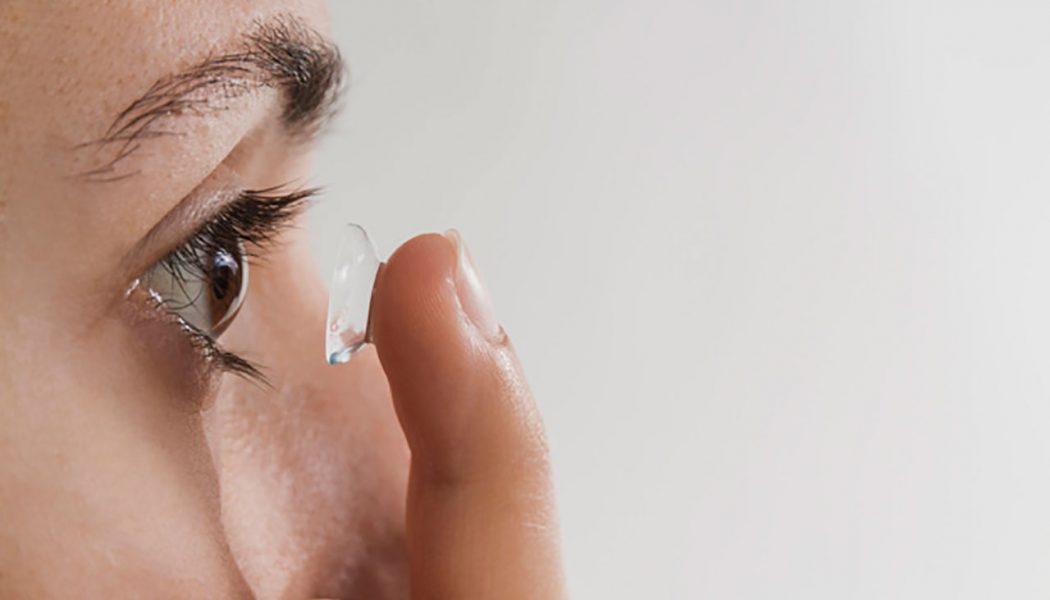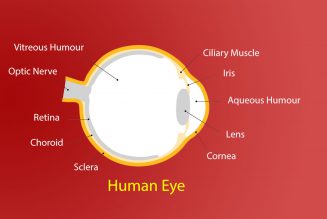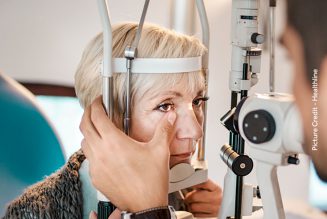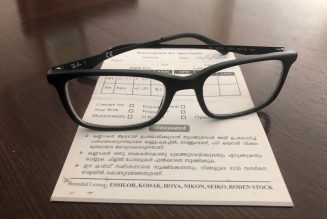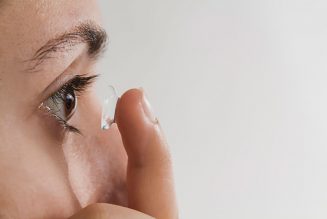Corrective Contact Lenses are quite common, replacing the conventional eyeglasses used for Myopia, Hyperopia and Astigmatism. Contact Lenses provide a comfortable and safe way to correct vision. They are thin discs of plastic or glass that sir directly on your eye and correct vision.
Types of Contact Lenses
Contact Lenses are available for certain wear schedules which must be replaced after the specified period of use.
- Daily Disposable: They are single-use Contact Lenses which are removed and discarded at the end of each day. Fresh pair is used on the next day
- Bi-Weekly Disposable: These are multiple-use Contact Lenses. Lenses are removed every night before going to bed and stored in Lens Cases with fresh solution
- Monthly Disposable: These lenses are good up to 30 days. This seems to be the most prescribed type in the US
Soft Contact Lenses of Silicone Hydrogel as well as Standard Hydrogel are available in the market.
- Toric Soft: A Toric lens is a corrective contact lens with different optical power and focal length in two orientations perpendicular to each other. One of the lens surfaces is shaped like a “cap” from a torus, and the other one is usually spherical. Such a lens behaves like a combination of a spherical lens and a cylindrical lens. Toric Contact Lenses offer a balanced and clear vision to the person wearing it to correct Astigmatism
- Multi-Focal and Bi-Focal: These corrective contact lenses help you see objects at all distances after you lose the ability to naturally change the focus of your eyes due to age (presbyopia). Bi-Focal and Multi-Focal Contact Lenses are designed to allow different Lens powers that target vision at varying distances from the wearer
- Extended Ware/Range: These corrective contact lenses are safe to wear during the day as well as night including sleeping for up to one week. These Lenses can be worn overnight for up to seven days continuously without removing it
Popular Brands
- Johnson & Johnson: Acuvue including Acuvue Moist, Acuvue Oasys, Acuvue Define, Acuvue TruEye, Acuvue 2
- Alcon: Air Optix, Dailies including Dailies Total1, Dailies AquaComfort Plus
- CooperVision: Avaira, Biofinity, Biomedics, Clariti, Frequency, Proclear
- Bausch & Lomb: Biotrue, PureVision, Soflens
Orthokeratology
Orthokeratology refers to using gas-permeable Contact Lenses in place of the conventional eyeglasses and as an alternative to the refractive surgery. These lenses temporarily reshape the Cornea and reduce Refractive Errors such as Myopia, Hyperopia and Astigmatism.
Pros and Cons
Pros:
- They provide more natural vision compared to eyeglasses
- Move with the eyes
- Nothing to block the vision
- Doesn’t get foggy or wet during cold or rain
Cons:
- Contact Lenses require more care and attention in maintaining it
- Proper Cleaning and Storage is required
- If the Lenses rotate, patients with Astigmatism can have a blurry vision
- It takes more time to get used to the Contact Lenses
- May require frequent follow-up care from your eye doctor
Side Effects of wearing Contact Lenses
- Eyes may not get enough Oxygen: wearing contacts for long hours at a stretch can cut down the oxygen supply to your eyes
- Dry Eyes: Contact lenses absorb most of the tears to keep themselves soft and thus you may have dry eyes. You can avoid this by not wearing your contacts all the time or taking frequent breaks and using eye drops to keep your cornea lubricated
- Allergies and Eye Infections: Due to Corneal Abrasion, people wearing Contact Lenses for long time can get infections and/or allergies in the eye
- Corneal Ulcer: The bacteria, fungus and virus appearing on the Cornea can lead to Corneal Ulcer if not attended to properly
- Eye Pain: Due to the reduction in Oxygen supply to the eyes, you may get eye pain
Tips on wearing and caring the Contact Lenses
- Avoid continuous wear of Contact Lenses
- Wear the lenses correctly and make sure that the seating is correct
- Wash your hands well before touching the Contact Lenses. Do not apply lotion or moisturizing agents before touching the Lens
- Make sure that the lenses do not get scratches by any means
- Go for Silicone Hydrogel Lenses. These do not cut off the Oxygen supply totally
- Those who wear the Contact Lenses daily, make sure to lubricate the Cornea with an eyedrop immediately after removing them
- Help the Lenses to settle and adapt to the Cornea by rolling your eyes and making a circle and then blinking
Important:
Always consult with your eye doctor before opting for a Contact Lens or changing it.
